
| Steve Feit passed away on September 19, 2018. This site is being maintained by his son for the benefit of the remaining IFEL alumni. The email links on this site have been updated so there's someone at the other end. |

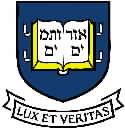
|
|

U.S. Air Force |
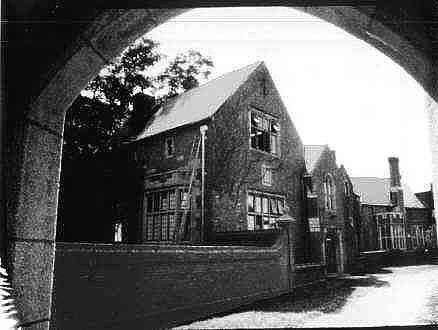
|
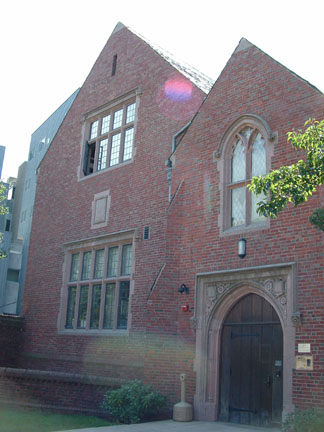
|
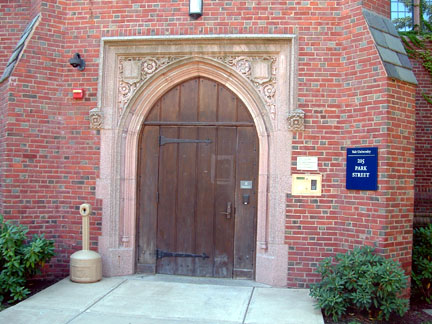
|
|
215 Park Street New Haven, Conn. ca. 1958 Photo by Dennis Conklin |
Sept 2008 (Fred Wang's bicycle seems to be missing) Photo by Florian Simala |
215 Park Street New Haven, Conn. Sept 2008 Photo by Florian Simala |
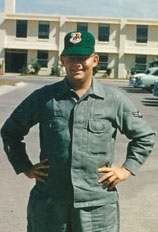
Among officials responsible for assessing the skills and abilities of Chinese linguists serving in
the U.S. Air Force Security Service, its Army and Navy counterparts and various agencies of the United
States Intelligence Community, people trained at IFEL are consistently judged as being a cut above their
counterparts who received their language training elsewhere. The reason for this is that the place where
they received their training was a cut above the rest. You can read a brief history of IFEL from its
inception in 1943 until the mid 1960s when the Air Force Security Service Program was relocated to
the Defense Language Institute at the Persidio of Monterey, CA. here.
There is much more to an educational institution than just bricks and mortar. Besides the bricks and mortar, there are the
people who made up the faculty and staff, the training methodologies, materials and equipment used and the ability of the faculty and staff
to motivate their students. It was a kind of chemistry. Actually, rather than chemistry, it was more like the educational
equivalent of a phenomenon sometimes called "the perfect storm." All of the right things came together at just the right time
and produced the optimum result. That was IFEL.
The faculty was second to none. First of all, they never would have been hired of their manner of speaking was not the Chinese equivalent
to what is sometimes called "The King's English." Without exception, they seemed passionate about teaching their native language to their young
charges and all served as models after which we patterned the way we spoke the language that they taught us. It is said that
there is what might be considered to be an IFEL "accent" that is apparent when people hear an IFEL graduate speak Mandarin.
While there were exceptions, most of us came away from IFEL with an ability at pronunciation and cadence that few who learned
their Mandarin elsewhere had. There must be something to the concept of the IFEL accent. When I was in China in 2006, nearly 50
years after having completed my studies t IFEL, I was often asked by the Chinese I engaged in conversation where I was from. More than
a few of them could not believe that I was an American. Let's face it, Americans are notorious for murdering foreign languages they
try to speak. I have much room for improvement. But apparently the "cut above" mentioned earlier showed.
The "perfect storm" mentioned earlier was no accident. It came about because all of the elements that made it up were brought
together through the efforts of one man, Mr, Robert N. Tharp. Forget that he was born in China and spent the first thirty years of his life there. As would be
expected, his Chinese was impeccable. In fact, many Native Chinese will proudly point to his Chinese and readily admit that it was better than
theirs. Tharp had acquired a store of knowledge of the variety of audio/visual equipment that came into play in the field of language training and
an uncanny imagination that led to development of unique techniques for their use. It helped that he also had a mind that was like a steel trap.
Add to that another gift that Mr. Tharp posessed; he was able to fashion a method of instruction and sequence of classes, recitations and exercises,
many making use of audio/visual equipment that made successful learning inevitable for any student who followed the plan that Tharp devised.
In 1960, Tharp wrote an 11 page paper on the application of audio/visual technology in language learing. However, as an added bonus, the last few
pages described in detail the template around which the presentation of each new lesson was built. If there was ever a technique for language teaching
that was virtually immune from failure, Tharp's technique was it.
The paper in its entirety, eleven pages in all, will be found here.
(Original link.)
PLEASE NOTE:
The document pointed to by the above link may not open properly if you are using some versions of the Firefox Version 14 Browser. If you have a problem
with it, you will find a small text box in the upper right-hand corner of the screen that will let you open the document in a different viewer. Click it and
it will give you the option to open the document with the Adobe Viewer or, if you hve it, the full Adobe Acrobat. Click the "open with" button and click the "OK
at the bottom of the pop-up window and it will open correctly.
The paper is in an archive maintained by the Eduction Resource Information Center (ERIC), a project of the U.S. Department of Education's Office
of Education. Anyone who is an IFEL alumnus or who has an interest in how an eminently successful Chinese Language teaching program
worked will find the paper worth reading. For IFEL alumni, the description of the invidudual class periods that went into the plan for a
given lesson will be a nostalgic stroll down memory lane.
A description of one IFEL alum's improbable (Who'd a thunk??) metamorphis from a youngster from the mean streets of the Big Apple to a young airman about to start an 8 month course of study in Mandarin Chinese. Ultimately, it turned out to be one of the defining eight-month periods in his life. You can read the story here.
Another interesting link, provides insight into a sentimental journey BACK to New Haven. IFEL alum Kevin Riddle and a few other members of his 1962 IFEL class organized a class reunion held in New Haven in 2012. In their preparations for the reunion, they were able to make contact with several organizations within the university who provided them with activities and other accomodtions that helped to make their reunion a smashing success. Kevin has put together a Web site containing an account ofthe reunion and many photos of the Yale campus as it exists today. The page can be found here.
The latest IFEL roster is available as a spreadsheet on Google Sheets.
If you want to re-sort the data for your own purposes, you can download the sheet by selecting File → Download as → Microsoft Excel (.xlsx) and opening it in Excel or LibreOffice, which is available free for Windows, Mac OS X and Linux.
About the data:
This is the last version of Steve's roster and remains here for historical purposes. Please follow the link above to the spreadsheet containing the current version.
Use your browser's "BACK" button to return here after browsing.
| Browse A thru C | Browse D thru F |
| Browse G thru I | Browse J thru L |
| Browse M thru O | Browse P thru R |
| Browse S thru U | Browse V thru Z |